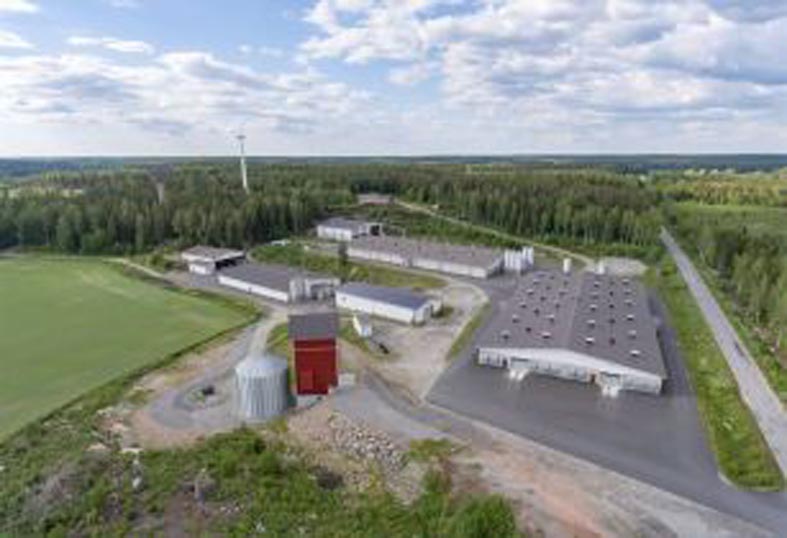Together with its contract farmers, a Finnish manufacturer of meat foods and products HKScan promotes local carbon sequestration in its food chain
The new pilot project will fertilise 500 ha of forest. The pilot aims to bind five million kilos of carbon (CO2) in eight years.
HKScan is creating the future of responsible food production in the Baltic Sea region. The goal-oriented Zero Carbon climate plan aims for a carbon-neutral food chain by the end of 2040. The company is committed to setting science-based climate targets under the Science Based Targets initiative.
Fertilising with the environment in mind
The forest fertilisation pilot covers 500ha of forest in southern Finland. The forest plots were carefully selected with the environment in mind. The tree growth on the plots is already good to start with. This ensures that the growing trees make efficient use of nutrients and that fertilisation is carried out in an environmentally friendly way. It is safe to eat forest berries and mushrooms, because the same proven and safe fertilisers are also used in field farming.
“Fertilising significantly increases carbon sequestration in trees and accelerates the tree growth and hardening into logs. The use of logs in the production of furniture and wooden houses also increases the carbon stocks of long-lasting wooden products. Sustainable increase of carbon sinks and stocks in agriculture and forestry is a key part of the fight against climate change and this work we are examining in the network of HKScan Agrofood Ecosystem together with our partners and contract farmers,” emphasises Ulf Jahnsson, HKScan’s vice-president, Strategic development primary production.
One-off fertilisation of pine and spruce stands in mineral soils increases stem growth by 10-20 cubic metres per hectare within six to eight years of fertilisation. In addition to increasing carbon sequestration in trees, fertilisation also increases carbon sequestration and carbon stocks in other vegetation. It also increases the amount of carbon bound in organic matter in soil. This results from increased litter production and slower decomposition of organic matter.
“Fertilisation is an excellent way to increase carbon sequestration and carbon stock in forests. In this sense, fertilisation is a kind of climate action,” says Heli Peltola, member of the Finnish Climate Panel and Professor of the University of Eastern Finland.
Measurement of carbon sequestration
The forest fertilisation pilot measures increased carbon sequestration in forests. Havulatva Oy is responsible for the practical implementation and carbon sequestration calculation in the pilot.
One extra cubic metre of tree growth sequesters one tonne of carbon dioxide from the atmosphere.
“Fertilising 500ha of forests sequesters five million kg CO2 during the fertilisation effect. The climate action corresponds to the annual carbon footprint of 500 Finns. Sampling inspections and calculation are carried out on forest plots to verify added carbon sequestration,” said CEO Samuli Kallio at Havulatva Oy.
“Forest fertilisation is a good practical example of how we promote local carbon sequestration with our farmers. With this pilot, we are not compensating for HKScan’s carbon footprint but we want to examine possibilities with an open mind. We are ready to scale the best practices for all our markets,” Jahnsson continued.




